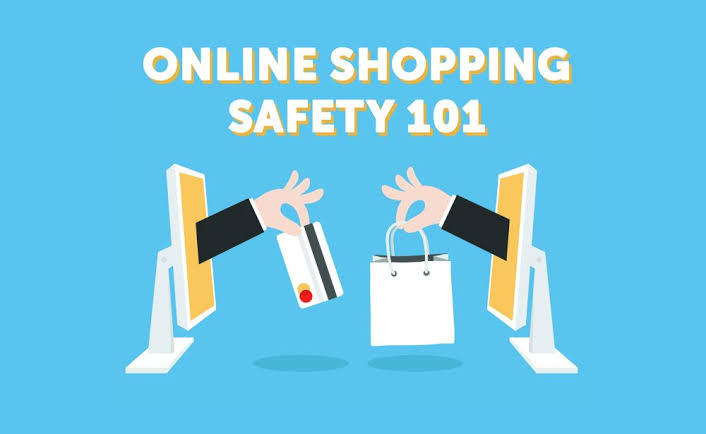Online shopping has become a convenient part of daily life, allowing people to purchase products and services with just a few clicks. However, this convenience also brings risks such as identity theft, phishing scams, and fraudulent websites. To protect yourself while enjoying the benefits of online shopping, it is important to follow essential security practices that safeguard your personal and financial information.
Use Trusted and Reputable Websites
One of the most important steps in secure online shopping is choosing trusted platforms. Well-known retailers and established e-commerce sites generally provide stronger protections against fraud.
- Look for websites with a professional design and clear contact information.
- Check if the website URL starts with “https” instead of “http,” as the “s” indicates a secure connection.
- Avoid deals on unfamiliar websites that seem too good to be true, as they may be scams.
Enable Strong Password Protection
Your account security depends largely on the strength of your passwords. Weak or reused passwords make it easier for cybercriminals to gain access to your accounts.
- Use complex passwords that include a mix of letters, numbers, and special characters.
- Avoid using personal information like your name, birthday, or phone number.
- Consider using a password manager to store and generate unique passwords for each account.
Take Advantage of Two-Factor Authentication
Two-factor authentication (2FA) adds an extra layer of protection to your online shopping accounts. Even if a hacker manages to obtain your password, they cannot access your account without the second verification step.
- Set up 2FA using SMS codes or authentication apps.
- Choose app-based verification methods for stronger security than text messages.
- Enable this feature on all major e-commerce and payment platforms.
Use Secure Payment Methods
The way you pay online can determine how safe your transaction is. Some payment methods offer better protection than others.
- Prefer using credit cards instead of debit cards, as they often provide fraud protection.
- Use digital wallets like PayPal, Apple Pay, or Google Pay for secure transactions.
- Avoid direct bank transfers or unfamiliar payment systems on unverified websites.
Keep Your Devices Updated
Cybercriminals often exploit outdated software to gain access to personal information. Regular updates protect you from known vulnerabilities.
- Always update your operating system, browser, and shopping apps.
- Install antivirus and anti-malware software to detect suspicious activity.
- Avoid shopping on public or unsecured Wi-Fi networks where hackers can intercept your data.
Watch Out for Phishing Attempts
Phishing scams are a common tactic to steal login credentials and financial details. Scammers often send fake emails or messages that look like they come from legitimate retailers.
- Do not click on suspicious links or attachments.
- Verify messages by visiting the retailer’s website directly instead of using email links.
- Be cautious of urgent messages claiming limited-time offers or account problems.
Regularly Monitor Bank Statements
Even with the best precautions, it is wise to monitor your financial accounts regularly. Detecting unusual activity early can help you minimize losses.
- Check your bank and credit card statements frequently for unauthorized transactions.
- Set up transaction alerts for real-time updates on your purchases.
- Report suspicious activity to your bank immediately.
Use Safe Shopping Practices on Mobile Devices
Many people shop using smartphones, but mobile devices also carry unique risks. Hackers target mobile shoppers through fake apps and unsecured networks.
- Download shopping apps only from official app stores.
- Avoid entering sensitive information on public Wi-Fi.
- Use biometric authentication like fingerprint or face recognition for extra protection.
Create a Separate Shopping Email Account
Having a separate email account dedicated to online shopping can add another level of protection. This keeps your personal or work email safer and helps you filter shopping-related communication.
- Use the dedicated account for online purchases and newsletters.
- Reduce spam by unsubscribing from unnecessary promotions.
- Easily track shopping receipts and order confirmations.
Conclusion
Secure online shopping requires a mix of awareness, strong security habits, and safe browsing practices. By using trusted websites, strong passwords, secure payment methods, and updated devices, you can greatly reduce the risks of fraud. Remaining alert to phishing scams and monitoring your financial accounts regularly ensures that you can enjoy the benefits of online shopping without compromising your personal safety. Protecting your digital identity is just as important as protecting your wallet in today’s connected world.



